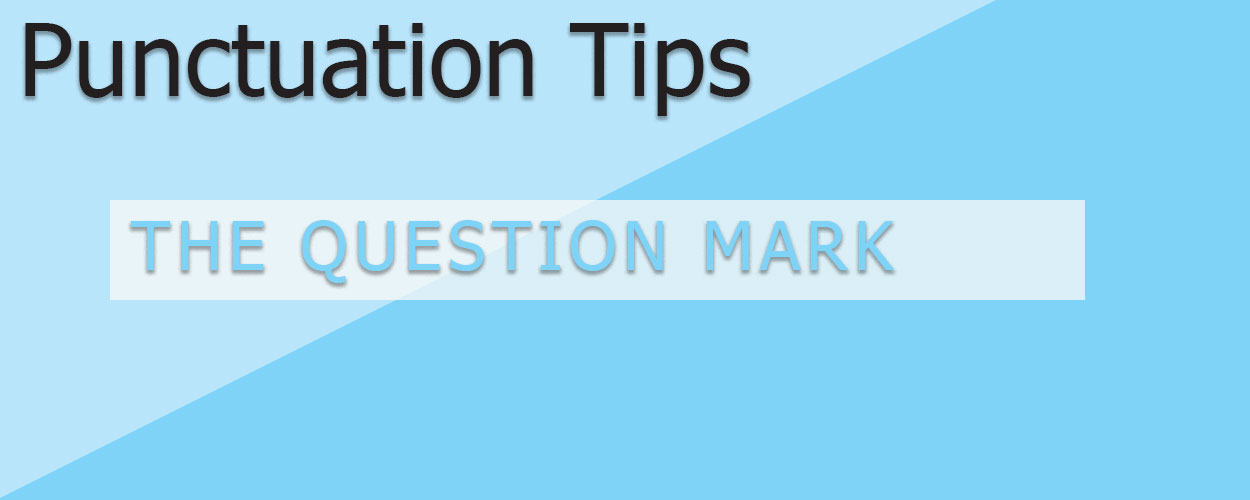

Posted: January 26, 2023
Definition: a punctuation mark (?) indicating a question.
Sometimes it’s easy to figure out when to use a question mark, and other times it’s more nuanced than that. The question mark, also called an interrogation point, is always used for direct questions, and sometimes use to convert simple or declarative statements into questions.
Use a question mark after a direct question.
Do not use a question mark after an indirect question.
Use a question mark after a direct question contained within a declarative statement.
Use a question mark to convert a simple statement. This is most often used in dialogue to indicate a character making a request of another person rather than a demand.
Use a question mark within parentheses to indicate uncertainty about a fact.
Use a question mark directly after a year within a range to indicate a guess.
Put a question mark inside of quotation marks, parentheses, or brackets if it is part of the enclosed material.
Put a question mark outside of quotation marks, parentheses, or brackets if it is not part of the enclosed material.
Do not use a period, comma, colon, or semicolon immediately after a question mark.
You may use a question mark after an ellipsis if the question trails off. Most often used in dialogue.
Using an exclamation point together with a question mark is called an interrobang. It indicates a question spoken with added intensity or emotion. Often, rules state that a question mark overrules an exclamation mark. Personally, I refrain from using interrobangs.
The Period
The Colon
The Question Mark
The Apostrophe
Double Quotation Marks
Parentheses
The Slash
Obscure Punctuation
Aaron, J.E. & Morrison, A. The Little, Brown Compact Handbook, 5th Canadian ed. Pearson, 2013, chap 5
Judd, K. Copyediting, A Practical Guide, 3rd ed. California, CA: Crisp Learning, 2001, chap 4
Tigerpetal Press is a small book press dedicated to publishing local authors and poets.